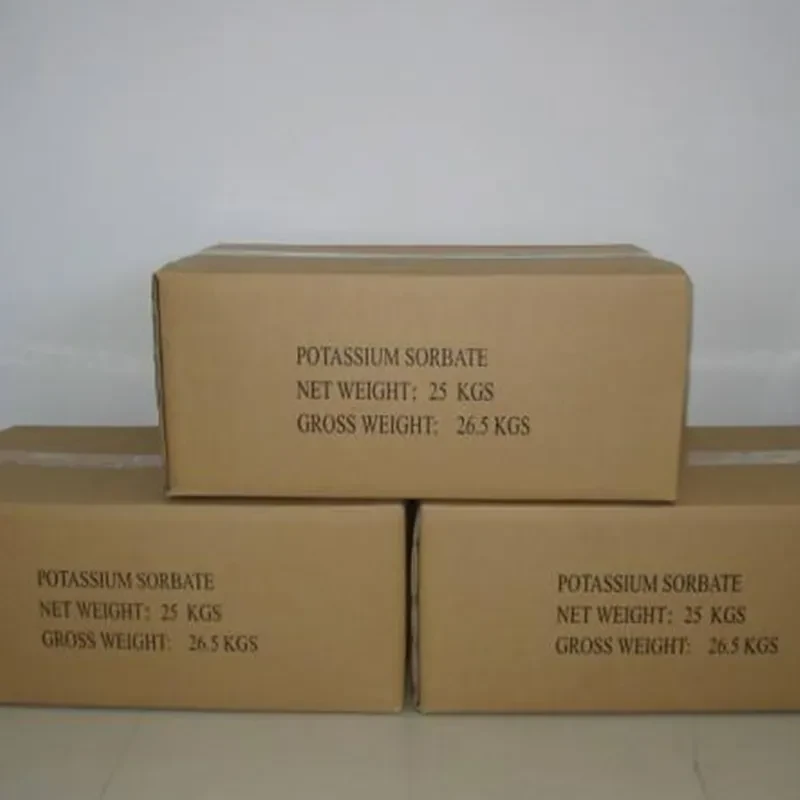
malic acid preservative
The Role of Malic Acid in Food Preservation
In today’s world of increasing food production and consumption, preserving the quality and safety of food products has become a significant challenge. One of the naturally occurring substances that has garnered attention in the food preservation arena is malic acid. Found in various fruits, particularly apples, malic acid plays a crucial role not only in enhancing flavors but also in extending shelf life and improving food safety.
What is Malic Acid?
Malic acid is a dicarboxylic acid that occurs naturally in fruits. It is responsible for the tart taste associated with apples and other sour fruits. Its chemical formula is C4H6O5, and it is often isolated from apple juice through a fermentation process. Besides being a food ingredient, malic acid is also used in various other industries—including cosmetics and pharmaceuticals—due to its mild acidity and ability to act as a buffering agent.
Antimicrobial Properties
One of the key reasons malic acid is utilized in food preservation is its antimicrobial properties. Studies have shown that malic acid can inhibit the growth of various bacteria, yeasts, and molds that contribute to food spoilage. For instance, it is effective against pathogens such as E. coli and Salmonella, which can pose serious health risks when present in food. By incorporating malic acid into food products, manufacturers can reduce the risk of contamination and extend the product's shelf life, making it a valuable ingredient for maintaining food safety.
pH Regulation
malic acid preservative

Another essential function of malic acid in food preservation is its ability to regulate pH levels. The acidity of foods significantly affects their overall quality, flavor, and shelf life. Malic acid helps lower the pH of food products, creating an environment hostile to spoilage microorganisms. This stabilization of pH not only inhibits bacterial growth but also enhances flavor by adding a tangy, refreshing taste that consumers often find appealing. As such, malic acid can serve as both a preservative and a flavor enhancer, making it a multifunctional ingredient in food products.
Natural vs. Synthetic
Consumers today are increasingly leaning towards natural food ingredients, leading to a rise in demand for naturally derived preservatives. Malic acid, being a naturally occurring compound, caters to this market preference. It is often preferred over synthetic preservatives due to perceived health benefits and lower risks of adverse reactions. Furthermore, its natural origin aligns well with the clean label movement, where consumers favor products with simple and recognizable ingredient lists. Food manufacturers looking to appeal to health-conscious consumers can leverage malic acid as a standout ingredient in their preservative mix.
Applications in the Food Industry
Malic acid is widely used in a variety of food products. It can be found in beverages, candies, dairy products, and processed foods, often listed as an acidulant or acidity regulator. In the beverage industry, malic acid is popular for enhancing the tartness of soft drinks and fruit-flavored beverages. In confectionery, it contributes to the sour flavor profile of candies, making them more appealing to consumers. Additionally, malic acid is also used in the production of jams and jellies where it not only helps preserve the product but also elevates the fruit flavor.
Conclusion
In conclusion, malic acid serves as a multifaceted ingredient in food preservation. Its antimicrobial properties, ability to regulate pH, and natural origins make it a popular choice among manufacturers and consumers alike. As the demand for natural ingredients continues to rise, malic acid is poised to play an even more prominent role in the food industry. By ensuring the safety, quality, and flavor of food products, malic acid not only preserves food but also enhances the overall eating experience for consumers. The continued exploration of its applications could lead to even more innovative uses, solidifying malic acid's place in the future of food preservation.
-
Buy High-Quality Trichloroisocyanuric Acid for Sale | TCCA 90% SupplierNewsAug.30,2025
-
Pure Sodium Dichloroisocyanurate Dihydrate | Powerful DisinfectantNewsAug.29,2025
-
Industrial Chemicals: Quality & Purity for Every IndustryNewsAug.28,2025
-
Nitrile Rubber Honoring Strict Production StandardsNewsAug.22,2025
-
Aspartame Ingredients Honoring Food Safety ValuesNewsAug.22,2025
-
Fertilizer for Balanced Plant NutritionNewsAug.22,2025
-
Cyanide Gold Processing with High Purity AdditivesNewsAug.22,2025
Hebei Tenger Chemical Technology Co., Ltd. focuses on the chemical industry and is committed to the export service of chemical raw materials.
-

view more DiethanolisopropanolamineIn the ever-growing field of chemical solutions, diethanolisopropanolamine (DEIPA) stands out as a versatile and important compound. Due to its unique chemical structure and properties, DEIPA is of interest to various industries including construction, personal care, and agriculture. -

view more TriisopropanolamineTriisopropanolamine (TIPA) alkanol amine substance, is a kind of alcohol amine compound with amino and alcohol hydroxyl, and because of its molecules contains both amino and hydroxyl. -

view more Tetramethyl Thiuram DisulfideTetramethyl thiuram disulfide, also known as TMTD, is a white to light-yellow powder with a distinct sulfur-like odor. It is soluble in organic solvents such as benzene, acetone, and ethyl acetate, making it highly versatile for use in different formulations. TMTD is known for its excellent vulcanization acceleration properties, which makes it a key ingredient in the production of rubber products. Additionally, it acts as an effective fungicide and bactericide, making it valuable in agricultural applications. Its high purity and stability ensure consistent performance, making it a preferred choice for manufacturers across various industries.





